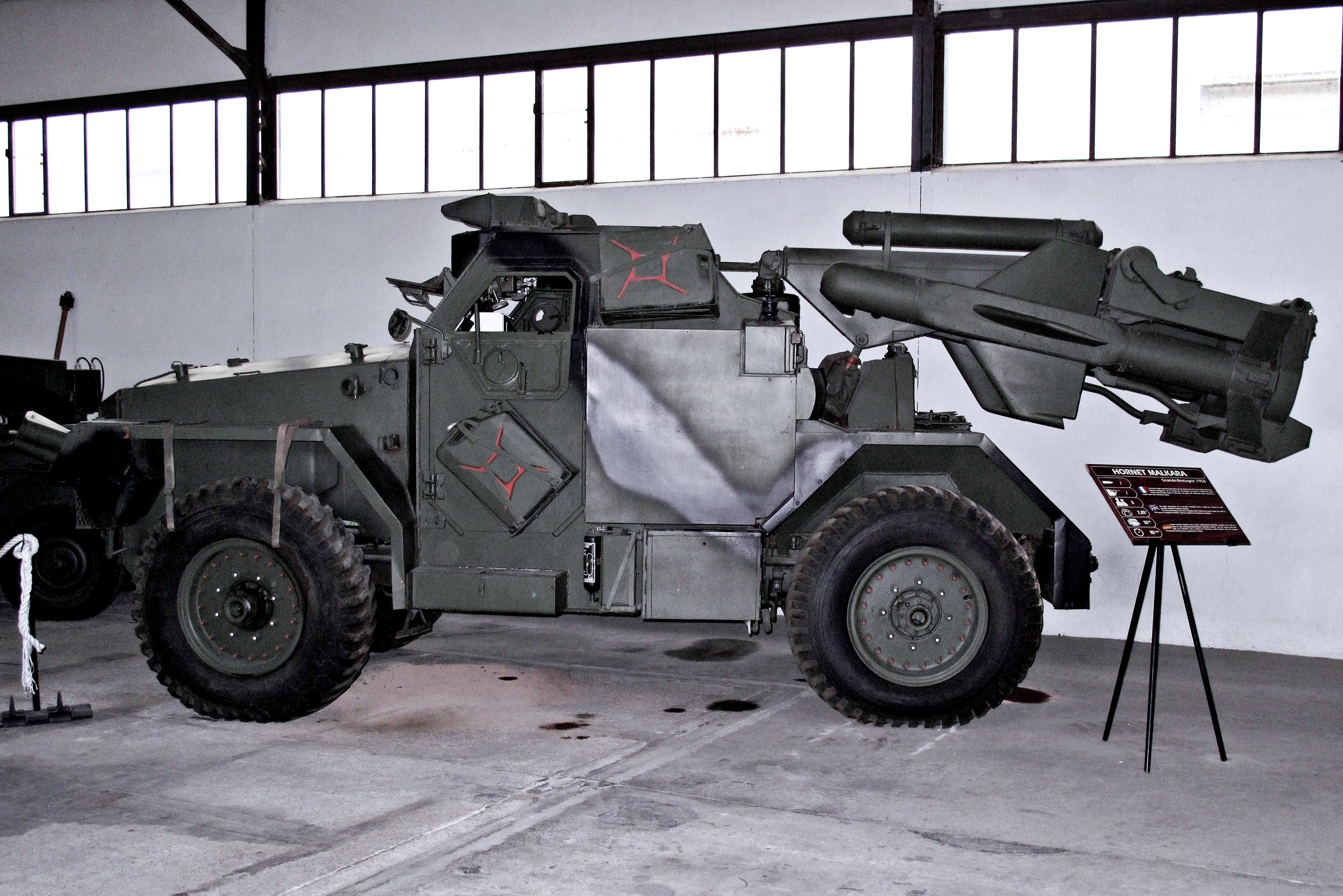GAF Malkara on:
[Wikipedia]
[Google]
[Amazon]
The Malkara (from an
 However, lessons learned from the Malkara project led to improvements in later programs. In addition, the basic airframe and expertise were directly used in the development of the Ikara anti-submarine missile and the Sea Cat naval
However, lessons learned from the Malkara project led to improvements in later programs. In addition, the basic airframe and expertise were directly used in the development of the Ikara anti-submarine missile and the Sea Cat naval
Aboriginal
Aborigine, aborigine or aboriginal may refer to:
*Aborigines (mythology), in Roman mythology
* Indigenous peoples, general term for ethnic groups who are the earliest known inhabitants of an area
*One of several groups of indigenous peoples, see ...
word for "shield
A shield is a piece of personal armour held in the hand, which may or may not be strapped to the wrist or forearm. Shields are used to intercept specific attacks, whether from close-ranged weaponry or projectiles such as arrows, by means of a ...
") was one of the earliest guided anti-tank missiles (ATGMs). It was jointly developed by Australia and the United Kingdom between 1951 and 1954, and was in service from 1958 until gradually replaced by the Vickers Vigilant missile in the late 1960s. It was intended to be light enough to deploy with airborne forces, yet powerful enough to knock out any tank then in service. The basic form was later adapted for the short-range surface-to-air role as the Seacat and influenced the development of the Ikara.
Development and operations
Design was principally undertaken at the Australian Government Aeronautical Research Laboratory, and this phase was also one of the first examples ofcomputer simulation
Computer simulation is the process of mathematical modelling, performed on a computer, which is designed to predict the behaviour of, or the outcome of, a real-world or physical system. The reliability of some mathematical models can be dete ...
in engineering design. Development testing was carried out at Woomera Prohibited Area, and approval testing at the tank training range at Lulworth Cove, Dorset. Although testing at Dorset apparently achieved an impressive 90% Pkill, in service the missiles were not considered a great success, due to three principal failures:
* They were considered too heavy. As they were too heavy for manpacking, they could only be operated from their specialist vehicles, reducing flexibility; and
* Accuracy achieved in practice was poor. This may have been because the awkward control system required a lot of practice. Malkara had a training simulator integrated with the launch interface equipment. In their memoirs, some operators state that they only fired one missile in their careers.
*Finally, their speed was low, taking almost 30 seconds to reach maximum range.
 However, lessons learned from the Malkara project led to improvements in later programs. In addition, the basic airframe and expertise were directly used in the development of the Ikara anti-submarine missile and the Sea Cat naval
However, lessons learned from the Malkara project led to improvements in later programs. In addition, the basic airframe and expertise were directly used in the development of the Ikara anti-submarine missile and the Sea Cat naval surface-to-air missile
A surface-to-air missile (SAM), also known as a ground-to-air missile (GTAM) or surface-to-air guided weapon (SAGW), is a missile designed to be launched from the ground to destroy aircraft or other missiles. It is one type of anti-aircraft syst ...
.
Malkara was unusual among anti-tank missiles in that it had a High-explosive squash head (HESH), also known as High Explosive Plastic (HEP), warhead instead of the more usual shaped charge HEAT (High Explosive Anti Tank) warhead. The United Kingdom always showed interest for HESH, the main explosive-based anti-tank ammunition in British use including contemporary tanks like the Centurion
A centurion (; la, centurio , . la, centuriones, label=none; grc-gre, κεντυρίων, kentyríōn, or ) was a position in the Roman army during classical antiquity, nominally the commander of a century (), a military unit of around 80 ...
. A 26/27 kg anti-tank warhead was well above the average, but Malkara had a calibre of .
Operators
; * British ArmySpecifications
* Length: * Diameter: * Wingspan: * Range: * Propulsion: Dual thrustsolid rocket
A solid-propellant rocket or solid rocket is a rocket with a rocket engine that uses solid propellants
Rocket propellant is the reaction mass of a rocket. This reaction mass is ejected at the highest achievable velocity from a rocket engine ...
* Speed: 146.19 m/s (327 mph) - low-subsonic, 28 sec to 4 km max range
* Overall weight: 93.5 kg (206 lb)
* Warhead: HESH HESH or Hesh may refer to:
Places
* Sharm El Sheikh International Airport, is an international airport in Sharm El Sheikh, Egypt
Science and technology
*High-explosive squash head
High explosive squash head (HESH) in British terminology, or hi ...
* Guidance: Wire guided MCLOS, using a thumb joystick
A joystick, sometimes called a flight stick, is an input device consisting of a stick that pivots on a base and reports its angle or direction to the device it is controlling. A joystick, also known as the control column, is the principal cont ...
and visual observation of two flares on the wings.
* Number built: 1,000
See also
* Humber Hornet * Ruhrstahl X-4References
Sources
*''War Machine encyclopedia'', Aerospace Publishing Ltd., pag. 253 (in Italian version printed by De Agostini, 1984). *''Rockets and Missiles'' - John W. R. Taylor - Hippo Books No 8 - Hamlyn, 1971 - {{UKmissiles Anti-tank guided missiles of Australia Anti-tank guided missiles of the United Kingdom Anti-tank guided missiles of the Cold War Military equipment introduced in the 1950s